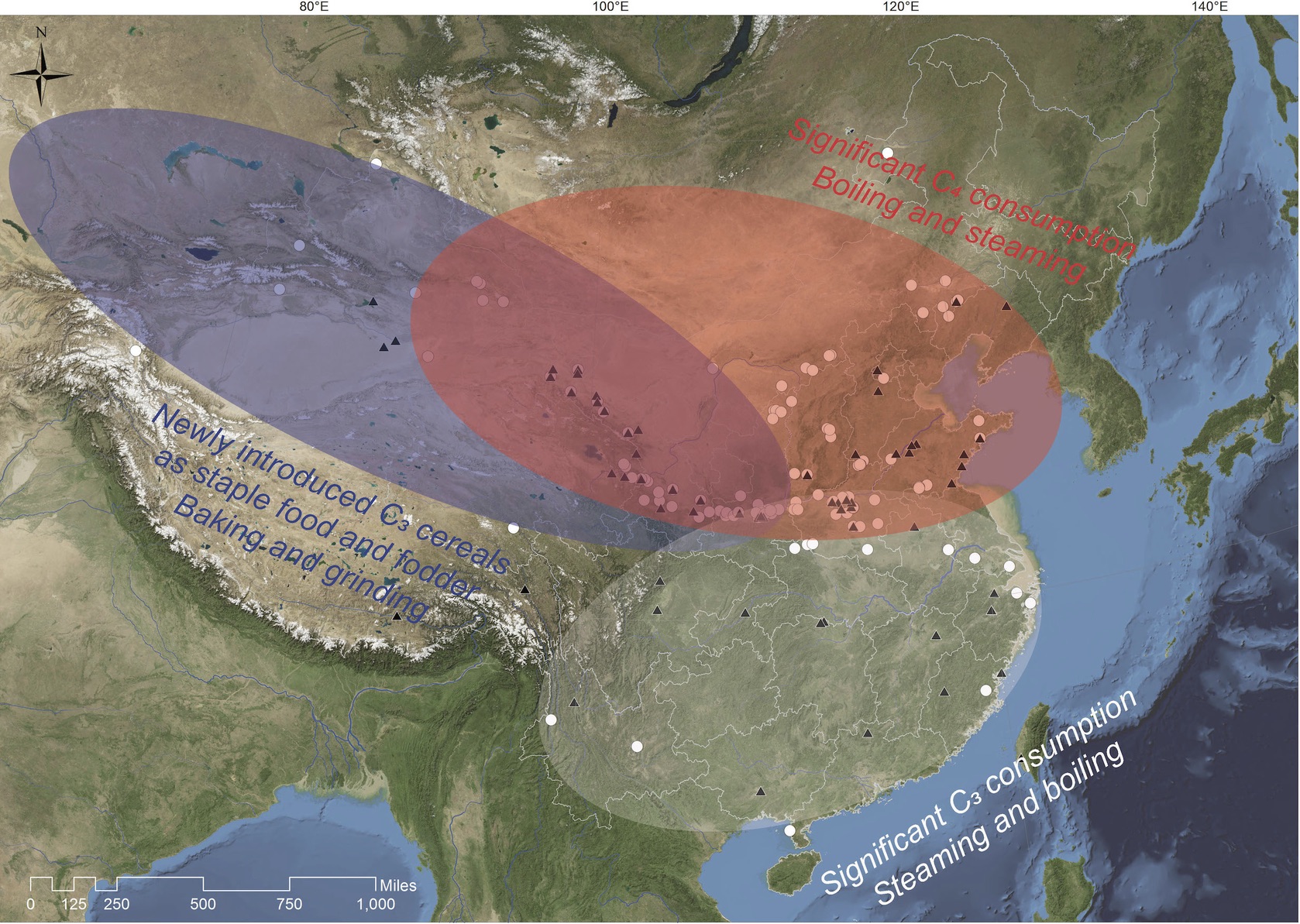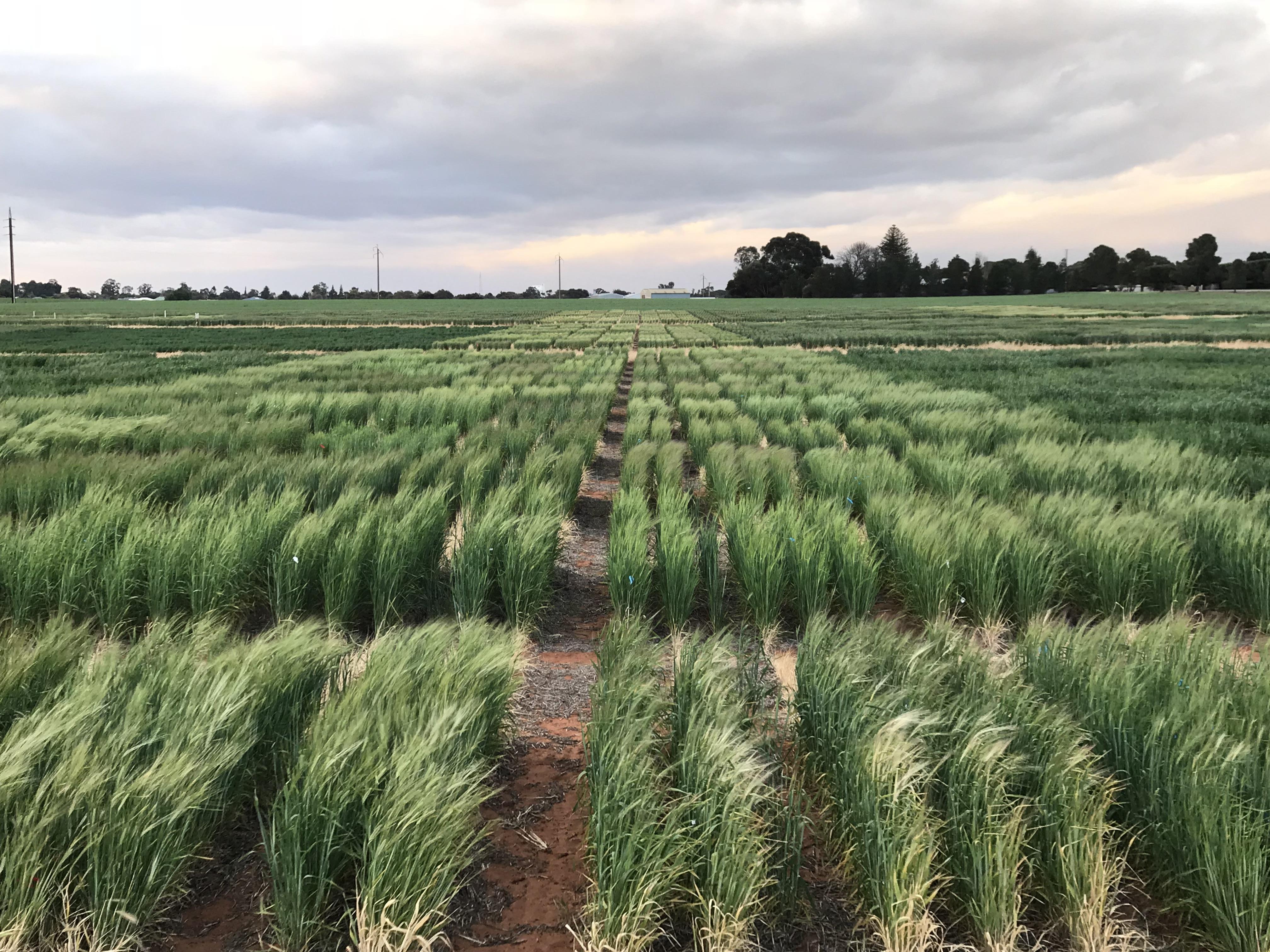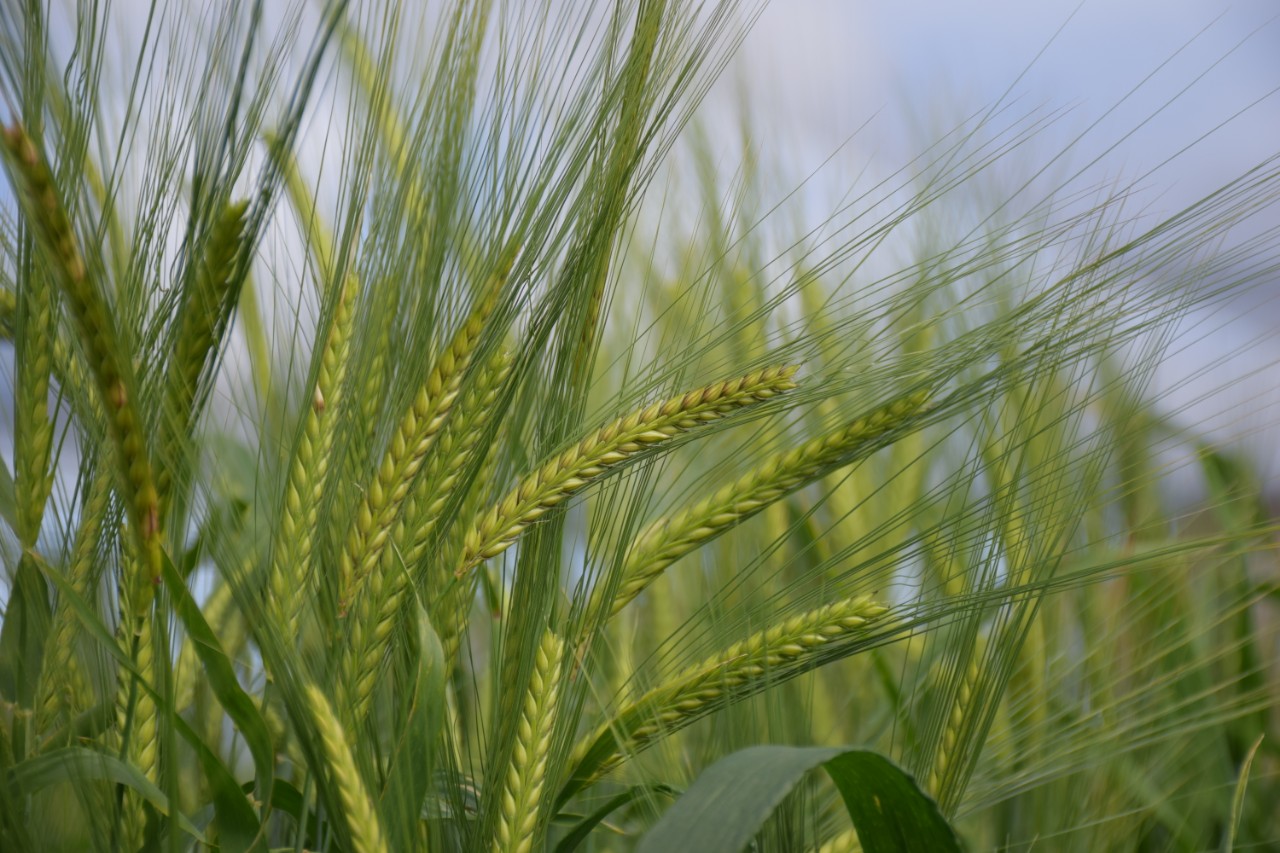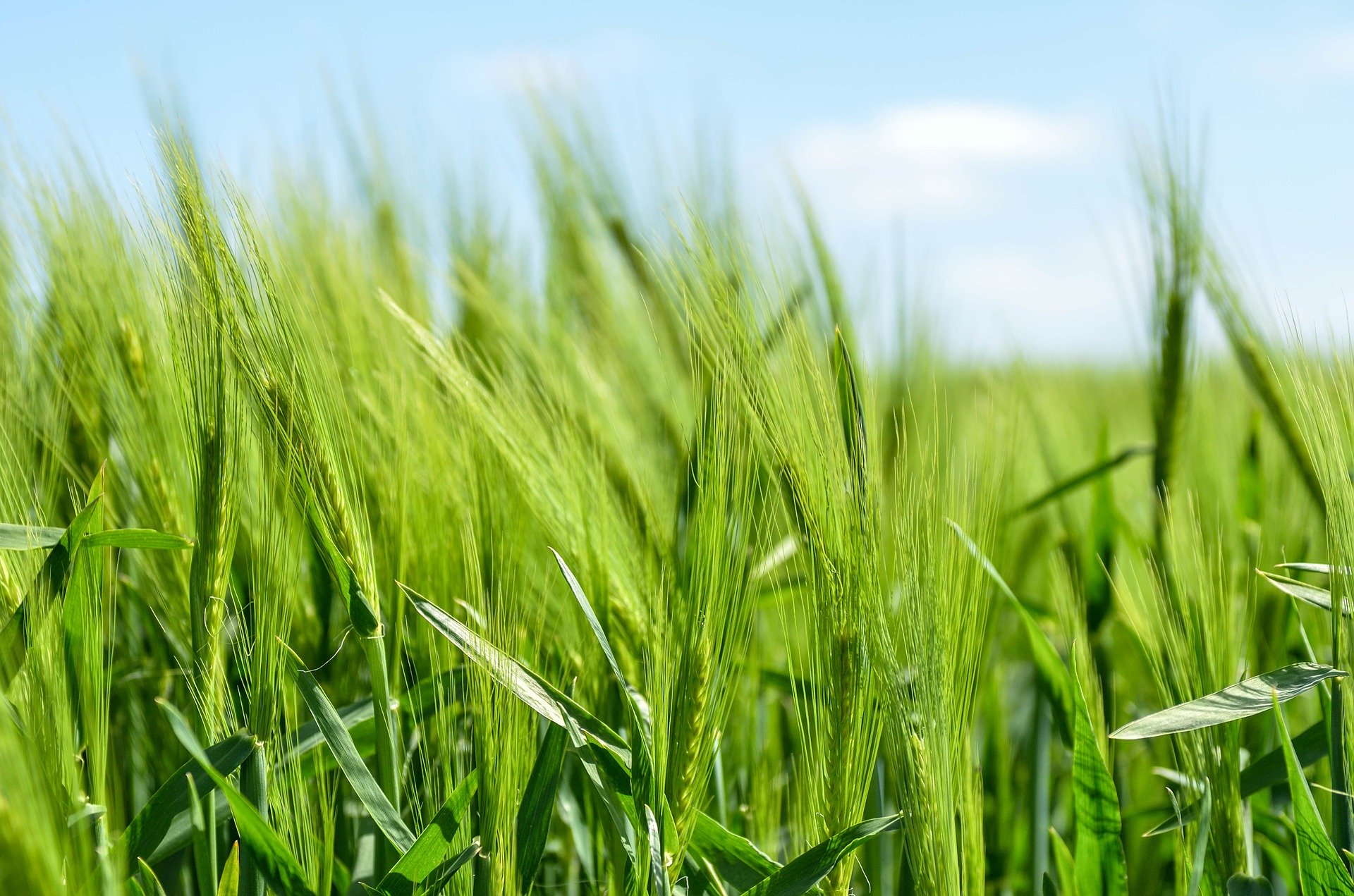Over the last 15 years, archaeologists have challenged outdated ideas about humans controlling nature. Writing in the Proceedings of the National Academy of Sciences, Xinyi Liu in Arts & Sciences at Washington University in St. Louis argues for a new conceptual bridge connecting the science of biological domestication to early food globalization.
Tag: Barley
Cadmium Intake from Six Foods Analyzed by Age Group
New exposure study suggests that combined consumption estimates of the metal cadmium in common foods may exceed some government health guidance limits for young groups.
Thirsty wheat needed new water management strategy in ancient China
Research from Washington University in St. Louis shows that a practice of purposeful water management, or irrigation, was adopted in northern China about 4,000 years ago as part of an effort to grow new grains that had been introduced from southwest Asia. But the story gets more complex from there. Wheat and barley arrived on the scene at about the same time, but early farmers only used water management techniques for wheat.

USDA funds IU-led research team to develop disease-resistant wheat
The USDA National Institute of Food and Agriculture has awarded researchers led by IU’s Roger Innes an over $1.2 million grant to generate wheat and barley lines with enhanced resistance to Fusarium Head Blight.
How a new malting barley variety for California came to be
Twenty-year process involved evaluating malting barley germplasm strains, breeding efforts

Local cooking preferences drove acceptance of new crop staples in prehistoric China
The food preparation preferences of Chinese cooks — such as the technological choice to boil or steam grains, instead of grinding or processing them into flour — had continental-scale consequences for the adoption of new crops in prehistoric China, according to research from Washington University in St. Louis. A new study in PLOS ONE led by Xinyi Liu, associate professor of archaeology in Arts & Sciences, focuses on the ancient history of staple cereals across China, a country well known for its diverse food products and early adoption of many domesticated plants.

Potential new tool for frost screening in crops
Agricultural scientists and engineers at the University of Adelaide have identified a potential new tool for screening cereal crops for frost damage.

Research shows potential of gene editing in barley
An international team of plant scientists have shown the potential to rapidly improve the quality of barley grain through a genetic tool known as CRISPR or gene editing.

New building block in plant wall construction
University of Adelaide researchers as part of a multidisciplinary, international team, have uncovered a new biochemical mechanism fundamental to plant life.
The research, published in The Plant Journal details the discovery of the enzymatic reaction involving carbohydrates present in plant cell walls, which are essential for their structure.

With new barley variety, Cornell leads way for NYS brewers
Cornell University researchers have just released a new variety of New York-adapted spring barley, to meet needs created by a 2012 Farm Brewery Bill that expects New York’s craft brewers to steadily increase the amount of state-sourced ingredients used in their beer.